Sunday, May 14, 2017 -
12:00pm to 6:00pm
Join us this Mother's Day for a dry plate portrait pop-up with Cate Colvin Sampson Photographs ! Whether Mother's day is time for you to honor your mama, your motherhood, or the maternal energies we create within ourselves or our communities, stop by and celebrate it with one of these magical keepsakes! 10% of all proceeds will benefit the Sexual Trauma Awareness & Response Center
12 - 6pm // Book at http://www.catiecolvinsampson.com/book-now/
$75 for a 5x7 dry plate session with a 5x7 print shipped
$120 for an 8x10 dry plate session with a 8 x 10 print shipped
Up to two folks only per sitting!
What's a dry plate print?
The gelatin dry plate process was developed in the 1870s by Richard L. Maddox and was considered the first form of modern silver films which are still used by many photographers today. In order to make a dry plate film, or emulsion, a photographer must create it in an analog darkroom by combining various chemicals, over different time and temperatures, according to specific historic formulas. The resulting gelatin film is then heated and flowed over a sheet of glass, called a “plate”. The glass plate is dried in a darkroom and then loaded into a large-format film camera for exposure. Once the plate is exposed in-camera it is brought to the darkroom where it passes through several chemical baths in order to develop into a negative. The negative is washed and dried and can be used to make contact prints, enlargements, or scanned to create a digital file.
Cate Colvin Sampson is a historic process photographer based in New Orleans, Louisiana, who primarily travels by boat to document isolated coastal communities that lie outside the protection of the levee system. Sampson, whose own family has a long history tied to the land and resources of Louisiana, creates photographs in response to her interest in the contemporary practices of homesteading and subsistence living, the ecological state of our coastal landscape, the notion of memory within the land, and the legacy of working with one’s hands. Sampson expresses this handmade interest in her formulation of large format gelatin glass dry plates, a historic photographic process learned at George Eastman Museum, which she exposes in the field and develops in her darkroom at home.
In 2016 Sampson completed a National Park Service centennial artist residency in Aztec, New Mexico, where she utilized the dry plate process in her documentation of prehistoric Chacoan cultural sites. Sampson was the 2015 grant recipient of the Michael P. Smith Fund for Documentary Photography issued by the New Orleans Photo Alliance.
Event sponsor:



















